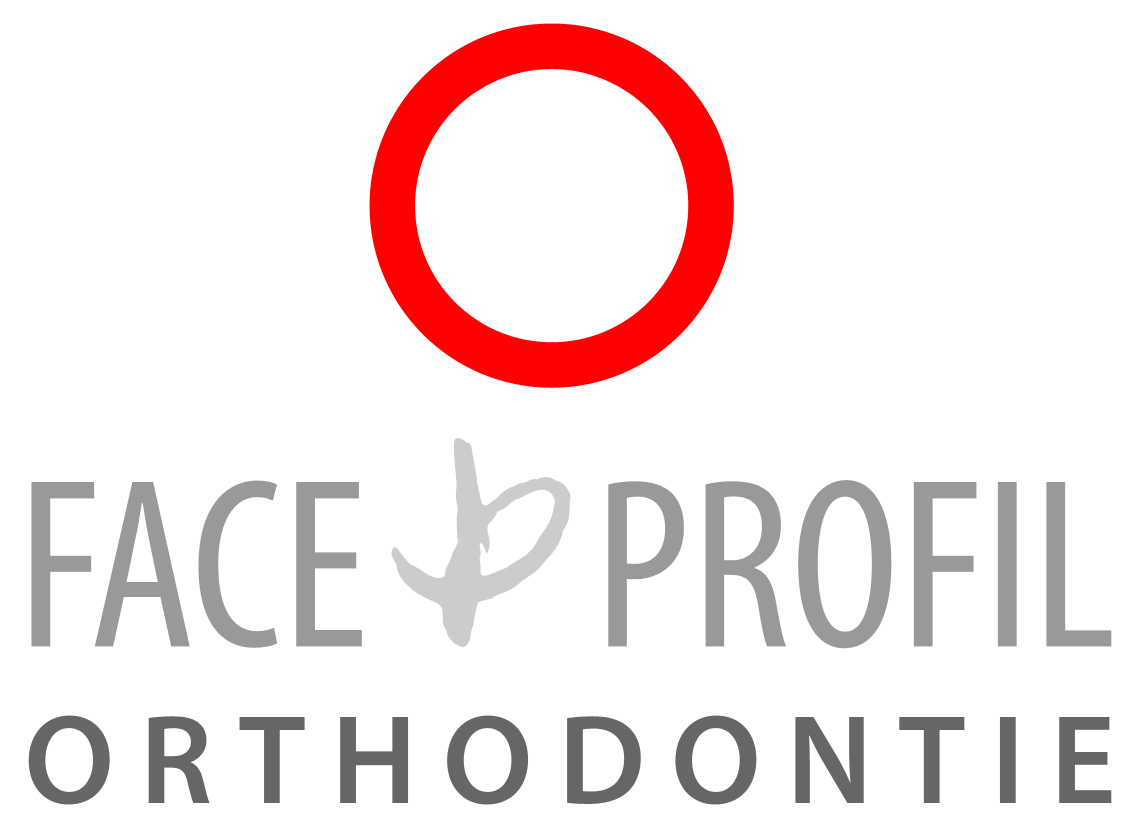
1010, rue de la Lavatère
Laval (Québec) H7X 0C5
Orthognatic Surgery

What is orthognathic surgery?When there are problems of imbalance of the jaws that cannot be solved solely by an orthodontic treatment, surgery that corrects alignment of the jaws and teeth may be needed to restore function and aesthetics. This surgery is performed when the growth of the jaws is completed (from the age of 17) and is used, among other things, to change the position and/or the morphology of the mandible, maxilla or chin. |
|

|
|
Who needs orthognathic surgery?This proven and safe procedure can solve the following issues:
|
Treatment stepsPre-surgical orthodontics:The orthodontist places fixed appliances (e.g.: braces) on the teeth in order to align them and prepare them for surgery. These devices are usually left in place for 12 to 24 months before the surgery. SurgerySubsequently, a maxillofacial surgeon is in charge of the surgery that is performed under general anesthesia and during which he or she realigns the maxilla and/or mandible by making cuts into the bone and repositioning the jaws in the desired position. The bones are then secured in their new position with the help of screws and plates. A bone graft to the jaw is sometimes necessary. Orthognathic surgery requires a stay of one or two days in the hospital. |
After the surgeryPost-surgical orthodontics:
Diet:
Pain control and infection prevention:
Swelling:
Return to normal life:
|
A proven procedureOrthognathic surgeries are now practised on a regular basis and offer effective and stable results. Ask for a consultation to find out if you are a good candidate for orthognathic surgery. |
